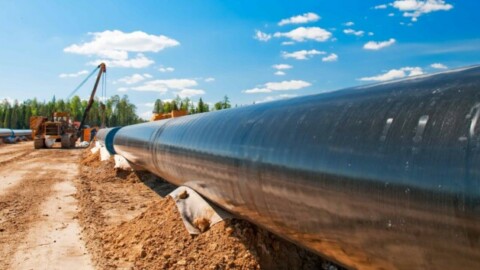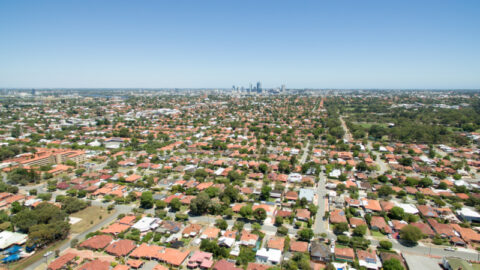Six regional Victorian councils and Barwon Water are taking steps to transform food, garden and commercial organic waste into renewable energy and agricultural products.
Barwon Water has signed a Heads of Agreement with the councils to progress exploring opportunities for a Regional Renewable Organics Network (RON) at its Black Rock Water Reclamation Plant in Connewarre.
The project has received support from the Victorian Government with funding for the business case.
Barwon Water Managing Director, Tracey Slatter, said the Regional RON would deliver significant environmental, economic and community benefits for the region.
“The project will convert 40,000 tonnes of organic waste each year into 8,000 tonnes of high-value, nutrient-rich soil enhancers to support local agriculture,” Ms Slatter said.
“It also provides a local, long-term and lower financial and environmental cost waste solution for councils and their ratepayers, and reduces Barwon Water’s energy costs by helping to power the Black Rock Water Reclamation Plant, keeping customer bills affordable.”
Ms Slatter said the Regional RON would boost the local economy by creating 75 construction jobs and 36 ongoing jobs.
The project proposes the construction of a state-of-the-art and sustainable organics processing facility to be operational by mid-2024.
The facility would be compact, measuring approximately 170m by 200m. It would take up a 3.4ha section of the broader 290ha Black Rock site, or about 1.2 per cent of the entire Black Rock site.
The facility will operate under the same principles as the Colac Renewable Organics Network at Barwon Water’s Colac Water Reclamation Plant, which, among other things, converts the gas produced by the organic matter as it breaks down into renewable electricity.
The Colac RON was created in partnership with Australian Lamb Company and Bulla Dairy Foods, and converts organic trade waste from those companies into soil enhancers and renewable energy.
This is taking the Colac plant off the grid, saving money and reducing carbon emissions.
Both the Regional and Colac RONs have received support from the Victorian Government to progress business cases and approval to proceed.
Victorian Minister for Water, Lisa Neville, said the Regional Renewable Organics Network would help the water sector lead the way in tackling climate change.
“Projects like this play an important role in Victoria’s target of zero emissions by 2030, as well as lowering Barwon Water’s productions costs, which will help keep water bills down for their customers,” Ms Neville said.
Victorian Minister of Energy, Environment and Climate Change, Lily D’Ambrosio, said the project would help reduce waste while producing cleaner energy.
“This project will generate enough renewable electricity to power the equivalent of 500 homes and reduce the region’s carbon emissions by between 10,000 to 15,000 tonnes, the equivalent of taking more than 4,000 cars off the road,” Ms D’Ambrosio said.
Ms Slatter said the Regional RON would continue the evolution of the Black Rock site as a world-class facility for clean, safe resource generation, sustainable infrastructure and water security.
The site was already home to a 3MW solar farm that supplies up to 35 per cent of the plant’s electricity use (the Regional RON will provide an additional 14 per cent) and has the capacity to produce two billion of Class A recycled water and 25 billion litres of Class C recycled water.
“There is a unique opportunity to locate the Regional RON facility at the Black Rock site to leverage our existing infrastructure and tap into the benefits of using renewable energy to power our energy-intensive operations,” Ms Slatter said.
“The Regional RON will lead the way in our region’s transition to a circular economy, where materials are continually reused and recycled to increase their lifespan, add value and reduce waste.
Ms Slatter invited the community to learn more about the Regional RON proposal and to share their views throughout October and November 2021.
Barwon Water will be holding a series of community webinars and information sessions with opportunities to ask questions, address areas of interest and have input into the early stages of the project’s design.
“We want to hear from our community about what is important to them as we design the facility and hope they can be involved every step of the way as this exciting project progresses,” Ms Slatter said.
To learn more and to register your interest in being involved, visit the Regional RON microsite.
















